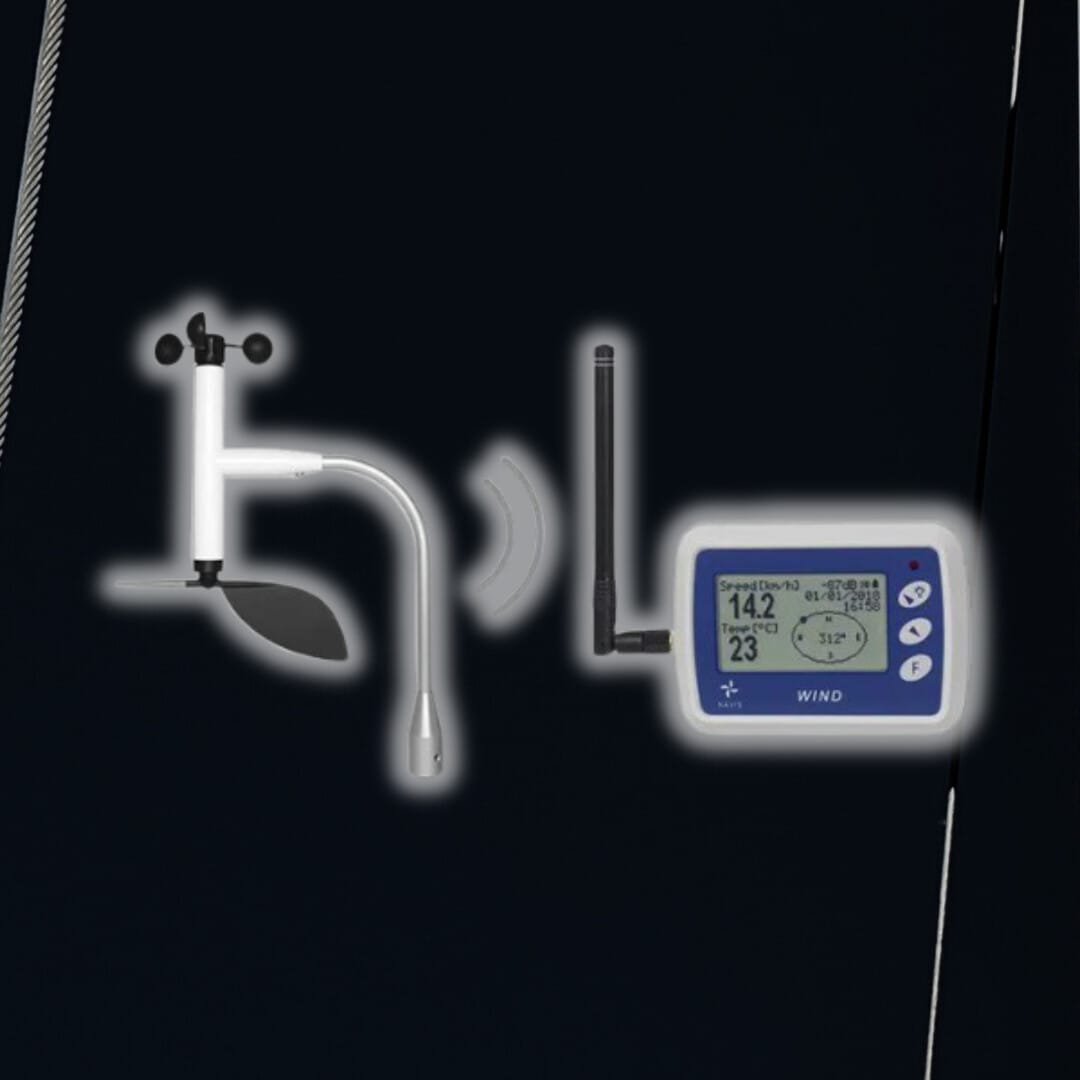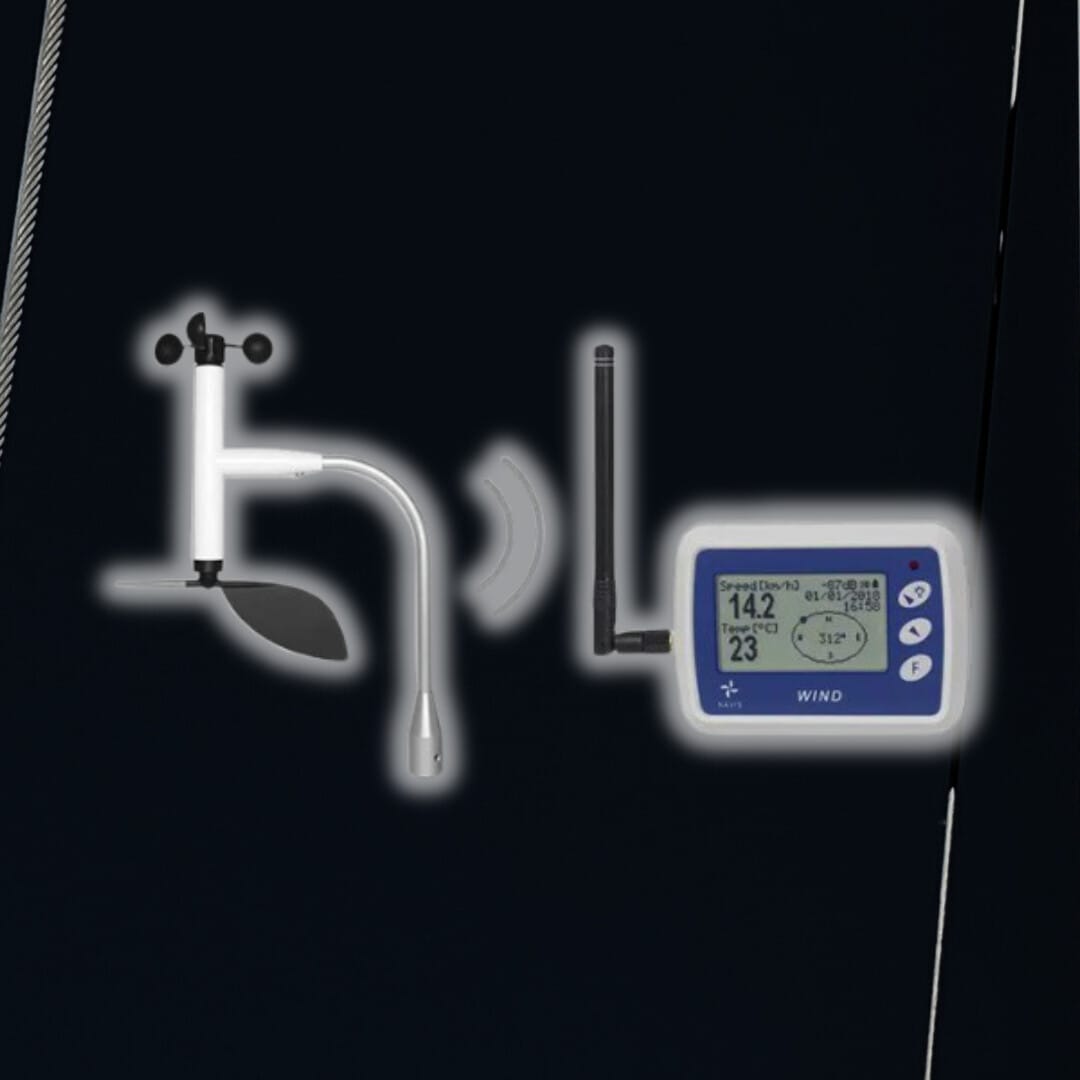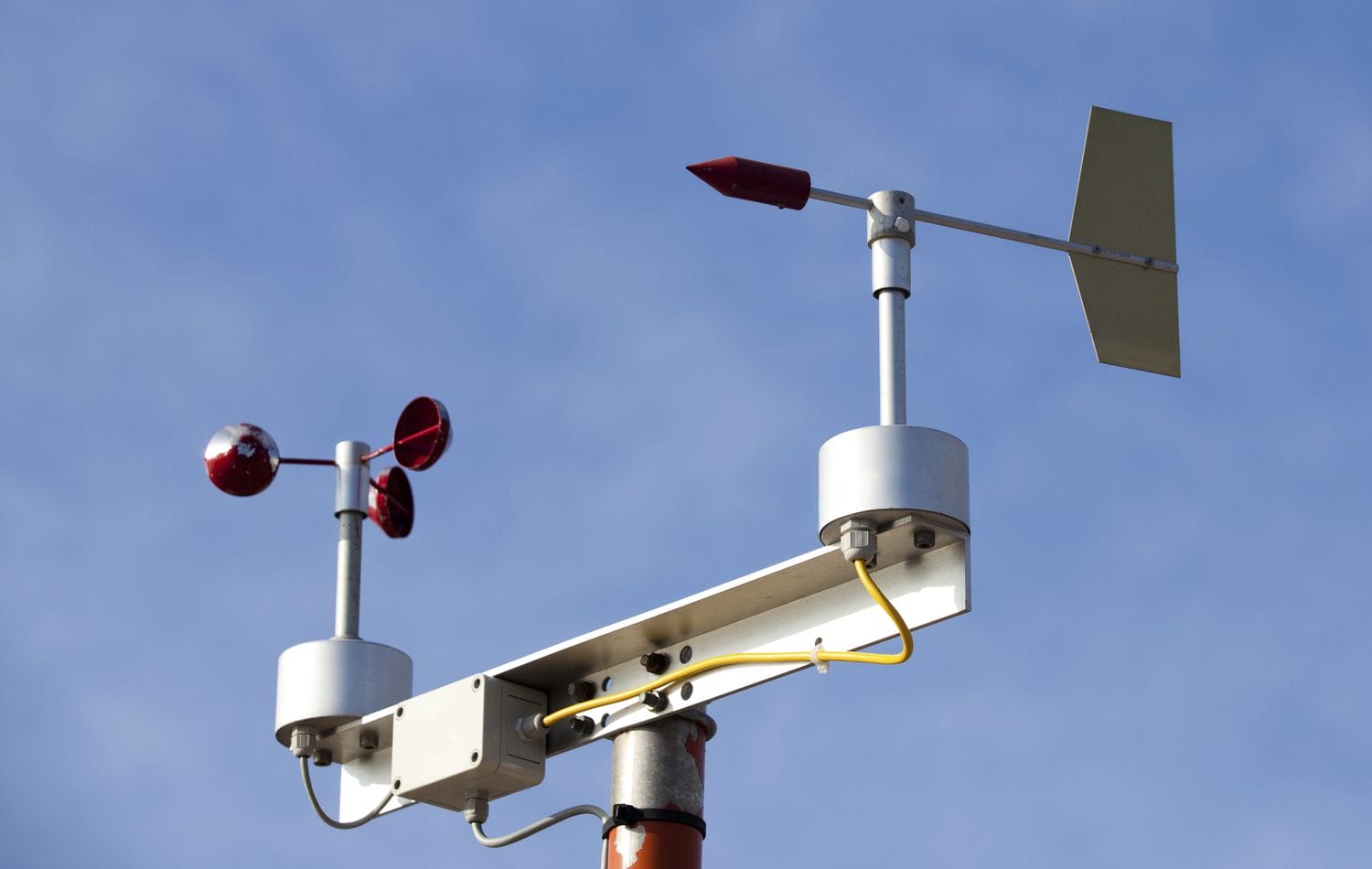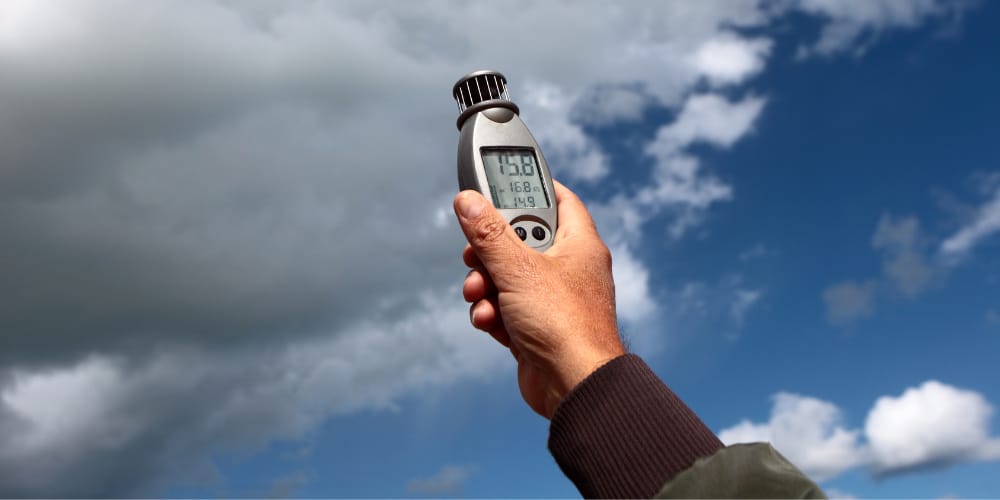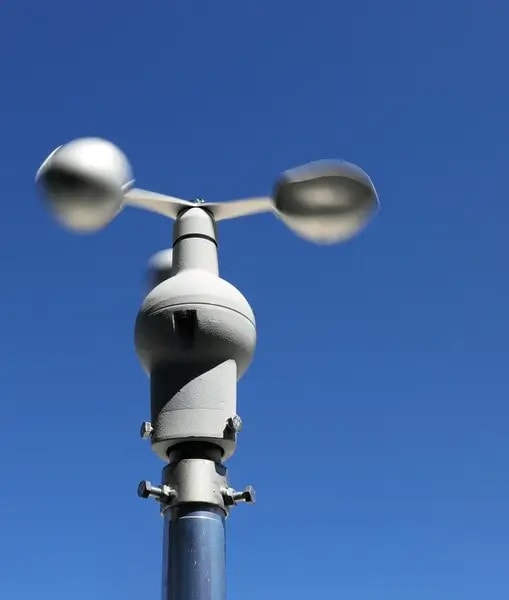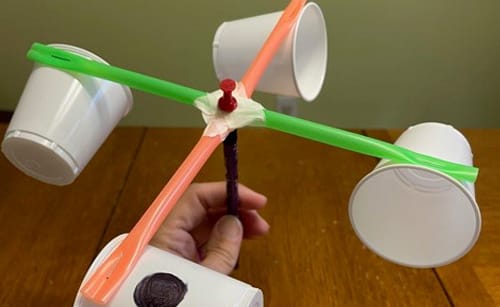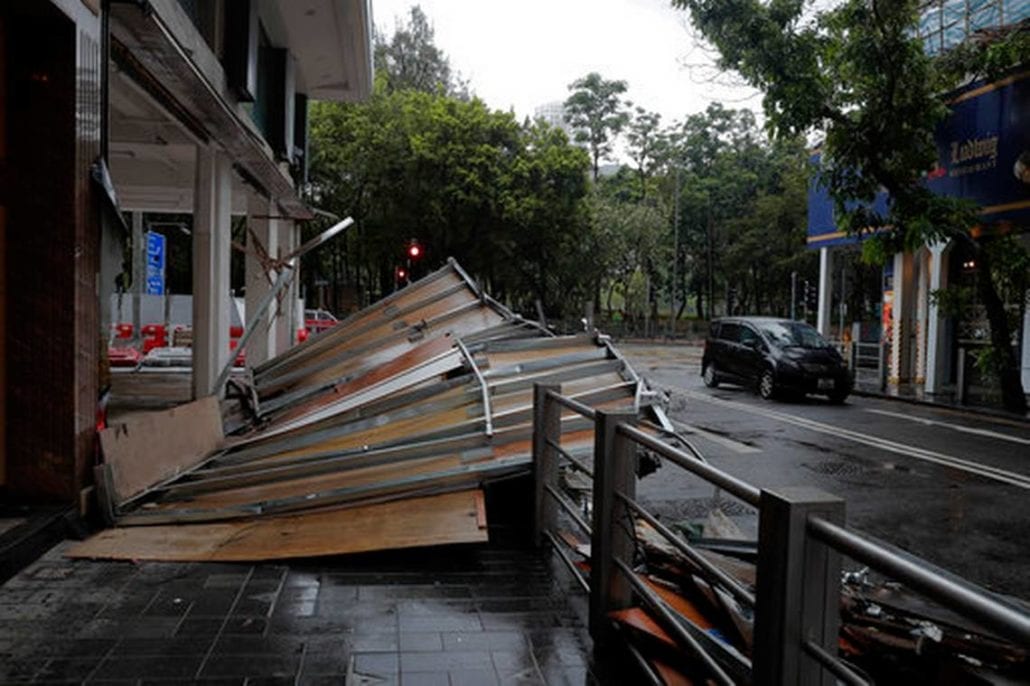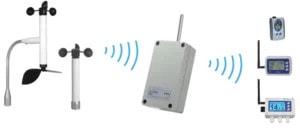
Wind has always influenced how people live, build, and protect their communities. Yet it remains invisible without the right tools. Anemometers turn this hidden force into data that can be understood and applied in many ways. From keeping work sites safe to supporting climate studies, these devices provide clear, reliable information. Measuring wind is not only about science but also about everyday decision making. This article shows why understanding wind matters and how anemometers help bridge the gap between theory and practical use.
The Fundamental Reason: Wind Is a Force
Wind is not just moving air. It carries energy, creates pressure, and applies force to what it touches. From gentle breezes to strong gusts, this force shapes landscapes, influences climates, and impacts everyday life. With precise measurement, professionals can know not only how fast wind moves but also what direction it takes. This knowledge provides the base for safety, planning, and technology development. Without understood wind force, many sectors would face risk and uncertainty.
The Importance of Wind Measurement in Various Sectors
Measuring wind has become part of daily life in ways many people do not always recognize. Understanding anemometers reveals how knowing wind speed and direction can guide decisions that prevent dangers, save costs, and improve everyday experiences. The uses of anemometers in collecting wind data stretches far beyond the obvious, from crane operators to pilots and from weather experts to coastal planners.
Safety in Construction and Lifting Operations
On construction sites, wind measurement can mean the difference between a safe lift and a dangerous accident. Cranes operate at great heights, and even a slight change in gust speed can shift loads unexpectedly. An employer who invests in quality anemometers does more than follow safety guidelines but they protect workers and their equipment.
Wind data is also used when settling on when to haul large panels or beams. If gust speeds go beyond thresholds, operations pause. This avoids swaying objects that could create chaos on site. While this may cause delays, the cost is nothing compared to potential falling equipment.
Aviation and Airport Operations
Planes must face the elements directly, making wind measurement absolutely essential. At airports, anemometers are connected to control towers that provide pilots with updated data on gust patterns. This helps determine which runway is safe to use and how to approach landing.
When there is a strong crosswind, the country’s largest plane may have to wait, even if every other factor looks clear. That shows how much this invisible force decides the flow of air traffic.
In smaller aviation, such as glider flights, the dependence on wind data is even more pronounced. These pilots use the wind to stay aloft, so they watch speeds closely for every flight.
Weather Forecasting and Storm Tracking
Weather scientists have long relied on wind to reveal the nature of approaching storms. Changes in speed and direction of wind can show when a front is moving in. Even before radar existed, this knowledge helped farmers know when to prepare for rain or potential danger.
Modern forecasting has made this even more precise. Satellite-driven systems use wind data to track hurricanes, allowing authorities to give early warnings. This lead time can prevent mass casualties and give cities chance to move people out of harm’s way.
Even for local forecasts, the wind is a silent indicator of temperature shifts. This is why local news often reports not only how hot or cold it will be but also what the “wind chill” will feel like.
Wind Energy Efficiency
The rise of wind energy has made precise measurement even more valuable. A turbine can produce power only if the wind falls within certain ranges. If the speed is too low, there is no power generation. If it is too high, the blades may have to shut down to protect their structure.
Operators use anemometers to place turbines in the best locations. Long-term wind data is studied to choose sites where averages fall within safe but powerful ranges. This makes investment more profitable and reduces risk.
Energy companies also monitor wind every hour to adjust operations. If gust patterns change, they can switch some units off or reroute power. This flexibility depends entirely on accurate wind data.
Marine and Coastal Safety
The sea has always been governed by wind. Sailors know that the direction and speed decide whether a journey is possible. Even today, modern shipping uses wind data to choose safe routes. This is critical for barges, tankers, and cruise liners.
On the coast, local rescue teams rely on anemometers to warn when conditions are too rough for swimmers or small craft. In many cases, this is the only data they have to stop danger before it happens.
Coastal cities use this information for planning as well. When wind data shows increasing storm trends, engineers prepare for high tides and potential floods. This makes wind measurement part of urban safety, not just marine operations.
Measuring Wind Enhances Planning
Understanding wind helps communities and industries plan effectively. Project managers consider when and how to schedule activities that are sensitive to changing wind. Crane operations, roof installation, and outdoor event setups all depend on predictability. Knowing average and gust speed enables teams to create robust plans that reduce risk and improve efficiency. Even commuter safety could be improved when cities use local wind data to adjust signal timing or warn pedestrians in advance.
Measuring Wind Enables Smarter Design
Architects and engineers use wind data to make decisions that affect building safety and comfort. Wind pressure can influence structural integrity, thermal conditions, and outdoor spaces. Even design of parking lot covers and solar panel sizes depends on the data collected. Correctly integrating wind information saves cost and reduces unexpected problems during and after construction.
Why Precision Matters: Role of Anemometers
Accurate measurement is creating safe spaces for work and life. Anemometers ensure that conditions are quantified precisely, which guides teams in adjusting activities or equipment. Even slight inaccuracies can lead to changes in layout plans, flow of traffic, or safety conditions. The role of anemometers is to translate an invisible force into data that humans can use confidently.
Conclusion
Every industry considering safety, design, and planning benefit from precise wind data. We provide accurate equipment and support for crane operations in various conditions. Partnering with us helps teams reduce risk, improve productivity, and make informed decisions when wind is a factor. Reach out to us at WirelessWind to try our wind solutions and ensure safe and efficient operations for your project today.



